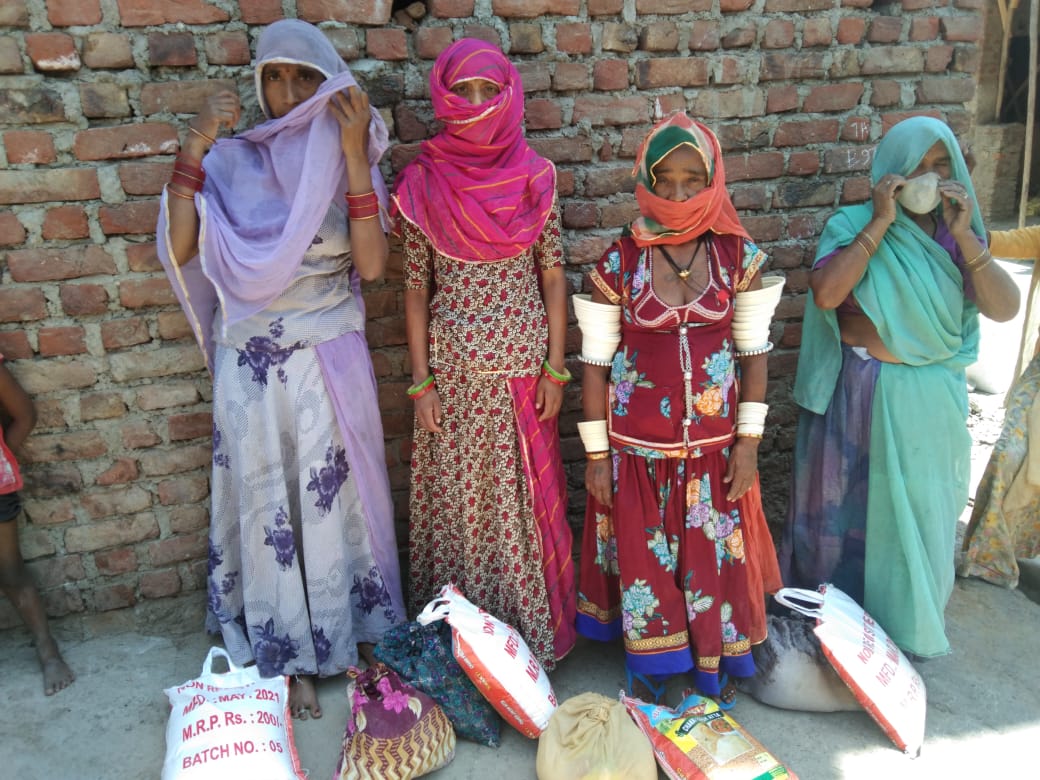The Exodus of the Invisible
-
by
admin
“We are in the same storm but not in the same boat.”
The March of 2020 saw the world come to a standstill as the Corona Virus pandemic hit us hard. The quick spread of the virus as well as the uncertainty of its fatality left countries in a state of chaos.
Masks were being donned, sanitizers ran out of stock, and each time you made a call, you heard the Government give multiple warnings about the spread of the disease and the precautions to be taken.
With the awareness that a massive outbreak would overwhelm our insufficient healthcare system, the Government issued a complete lockdown on the 1.3 billion people of India making it the world’s largest lockdown at a time when the caseload in the country was at a mere 519. Though the Government’s action was looked at as a strong proactive decision, the sudden nature of it turned into a harsh nightmare for many at the lower end of the social order.
A community that fell through the cracks of the administration was the estimated 120 million migrant workers of India. These workers, essentially from the rural villages of India which no longer could support them, moved to cities in the lure of steady work. Working as construction workers, daily helpers, drivers ,and in other such laborious jobs, they form the backbone of the urban economy. With their site of work shutting down abruptly, they were left defenseless against a pandemic that was slowly turning into health as well as an economic hazard for them.

As is always the case when one is in crisis, they decided to head home. But home meant several miles away with no transport, no food, women and young children in tow. Battling the immense odds of infection and starvation, millions reached their homes in the biggest mass movement the country has seen since the India and Pakistan Partition in 1947. But at the end of the dark tunnel, there was more darkness where hardships awaited back at home. With no income to support their fledging family, what remained in front of them was poverty and debt. The warmth of their neighbors was now replaced with prejudice. The doors of the school were shut for their children.
What hardly caught attention was the subset of this community, the widowed women laborers whose daily bread was shunted, leaving them vulnerable and unprotected.
It is said that everyone makes their own destiny. But these workers are devoid of such privilege, their circumstance like a bludgeon to their dreams.
The Government’s announcement of a hefty economic package for the migrant workers could not cover the existing systematic failure: lack of records. With no registered data of the workers, quick and effective distribution of the food and cash benefits was an impossible herculean task. The wave of crisis did tide over eventually with many non-profits and good-willing citizens coming forward to answer their cry of help. But the worse is still not over.
The question remains unanswered, how long will they continue to be invisible to the state?
To read more about our distribution drives for migrant communities, please click here https://raayfoundation.com/campaigns/covid-19-relief-response/
To make a donation to our cause, please click here https://raayfoundation.com/donate/
–Contributed by Deepti Sawant-Shetty for RAAY Foundation

